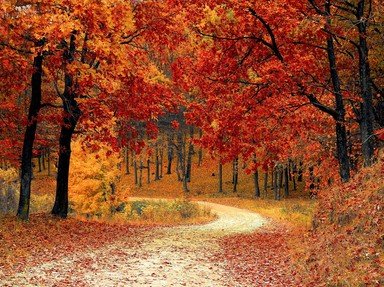Quiz Answer Key and Fun Facts
1. There is no single authority that determines what highways are qualified to be called 'scenic' or 'historic'. Which of these is NOT a designation of historic or scenic status?
2. A former US Highway extending "more than two thousand miles all the way" is probably the most famous historical highway in the country. What's the designation of this road that many Americans learned about from a TV show or a song?
3. Another road widely known for its long history bears a Spanish name meaning 'The Royal Road'. What is this legendary highway?
4. This highway has been known as the Braddock Road, Cumberland Road and US 40. The Federal Highway Administration lists it as an All-American Road. What do we call this trail that opened the Great Lakes region to settlement in the early 19th century?
5. Operated by the National Park Service this road winds almost 450 miles through three southeastern states and follows the route of an ancient Native American hunting and trading trail. What do we call it?
6. It took a war, an invasion and the cooperation of two countries to build this road through the wilderness. Which famous road passes through Ft. Nelson, Jakes Corner, Carcross Cutoff and Tok before reaching its far northern terminus?
7. One of over 100 sites in Bristol County, MA, listed on the Register of Historic Places, this road is called Bay Road in the town of Easton but becomes Old Bay Road in neighboring Norton. When first built in 1640 its name was Upper Boston Post Road. For what purpose was it built?
8. Which of these paving materials has NOT been honored with a listing on the National Register of Historic Places?
9. The first long-distance, limited-access highway in the US clearly deserves its listing as a Civil Engineering Landmark. It's still in use after many improvements and renovations. The nation's first modern highway is the ____________ Turnpike.
10. Trail Ridge Road is the highest continuous paved road in the US, crossing Rocky Mountain National Park. In what western state can you drive this scenic road?
Source: Author
wilbill
This quiz was reviewed by FunTrivia editor
trident before going online.
Any errors found in FunTrivia content are routinely corrected through our feedback system.
